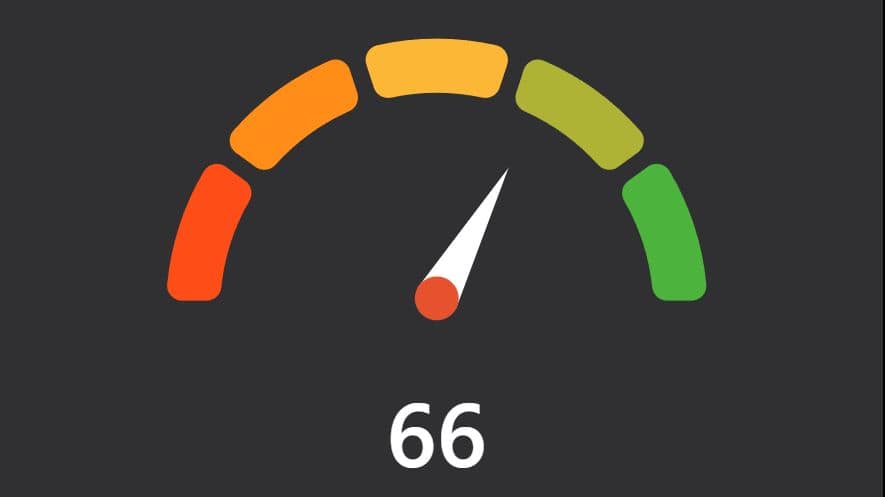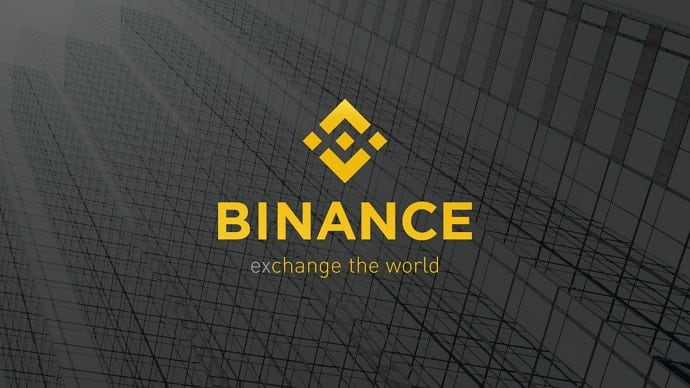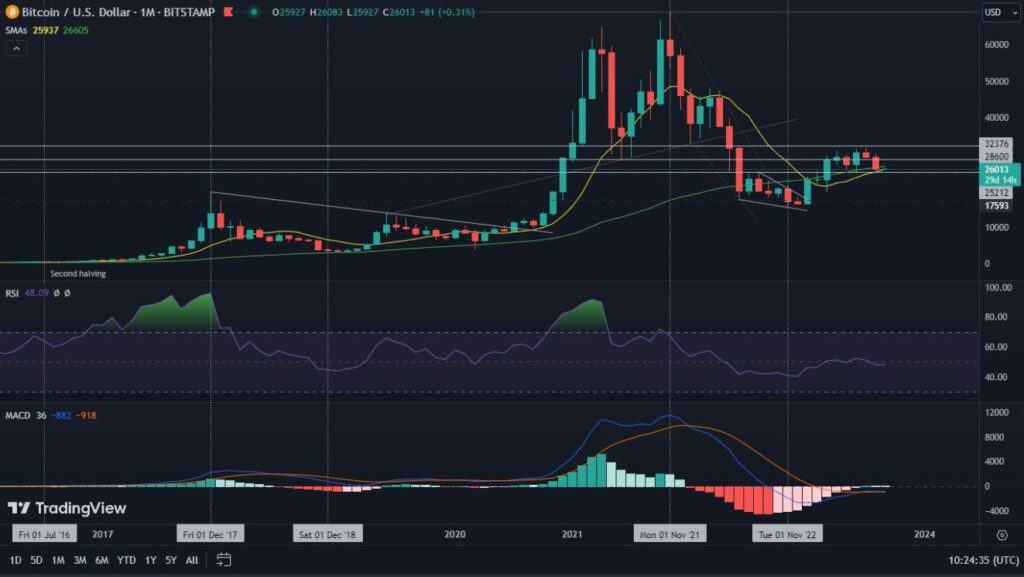Staking is gaining popularity. Consensus approving transactions are becoming a common choice for those looking to make passive money in the cryptocurrency market. Providing liquidity to lending platforms is another attractive way to earn additional revenue. So how do both mechanisms work?
Staking
Staking is the process by which we lock our cryptocurrencies into an escrow contract. They can physically reside on both a wallet and an exchange. By having them in a designated space, at the right address, we support a given network in validating its transactions. Staking thus becomes the equivalent of mining for cryptocurrencies based on the Proof of Work algorithm. The main difference, however, is that it requires much less resources to support the network. We don’t have to do complicated mathematical operations here. Meanwhile, the protocol on which staking is based will automatically choose a validator who will approve the next transaction block. Obviously, the more moments we have, the greater our chances are to be chosen. By processing the transaction, as a reward we will get a cryptocurrency identical to the supported blockchain. Such actions are very simple and do not require specialized technical knowledge.
Centralized lending platforms
The functioning of lending platforms is also becoming increasingly simple. Some of the most popular include Celsius, Nexo and BlockFi. Here the operation looks a bit different and the profits are often much higher.
To take advantage of the opportunities they present to us, we need to download the appropriate application and deposit funds. We can choose from many coins, including stablecoins. Having already deposited funds on the chosen platform, we can lock them in a smart contract, thanks to which other users will be able to use them. We will earn interest on it. Depending on the choice of cryptocurrency, the percentage of profits will vary. They are also affected by the interest in a given coin – the higher the demand, the higher the potential profit.
For whom are staking and centralized lending platforms?
Both forms of passive earning are an excellent solution for people who plan to hold their resources for the long term. In the case of staking, it is also a form of direct technological support. In the case of lending platforms, it’s to support other marketplace users.
What are the risks?
Although the security of the crypto space has been steadily increasing, threats remain. There are known cases of hacking into lending protocols, resulting in the loss of funds collected there. Equally dramatic are situations when we trust an application that turns out to be a scam. Therefore, it is necessary to use verified platforms, downloaded from reliable sources.
It is also worth remembering that closing cryptocurrencies in deposit contracts often has a time frame that cannot be shortened. Hence, it may not be possible to sell the funds held, before the fulfillment of the set period.
Proper research is therefore essential and has the right to protect users from possible losses. The more so as the profits in comparison with traditional banking can be much more impressive.


















